Description
Gomphotherium Molar (Early Elephant)
Between 10,000-12,000 years ago
From the North Sea
Size is about 5 inches and weighing around 790 grams.
Gomphotherium, an early relative of modern elephants, was a large, herbivorous mammal that roamed parts of Europe and Asia during the Pleistocene. Fossils of its molars, such as those found in the North Sea region, offer valuable insight into its diet and ecological role around 10,000-12,000 years ago, a time when many megafauna were nearing extinction. The molars of Gomphotherium were distinctive, with low-crowned, multiple cusps suited for grinding coarse vegetation, including grasses, shrubs, and trees. Unlike modern elephants, Gomphotherium had a more varied dental structure with broader, less complex crowns, reflecting its adaptive strategy to different environments. These molars, often found in sedimentary deposits, suggest that Gomphotherium may have inhabited forested landscapes and wetlands, where it could forage for fibrous plant material before the species gradually disappeared as part of the late Pleistocene megafauna extinctions.
All items from Ancient Artifacts & Treasures, Inc, carries a lifetime guarantee of authenticity.
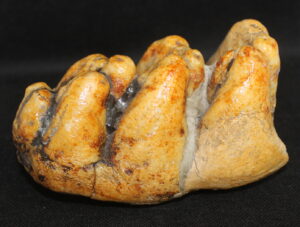
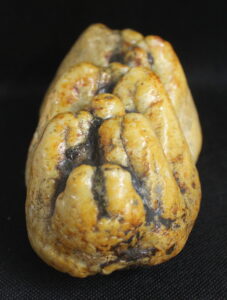
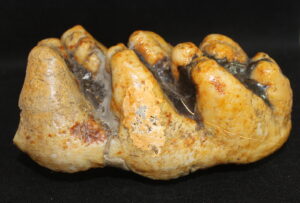

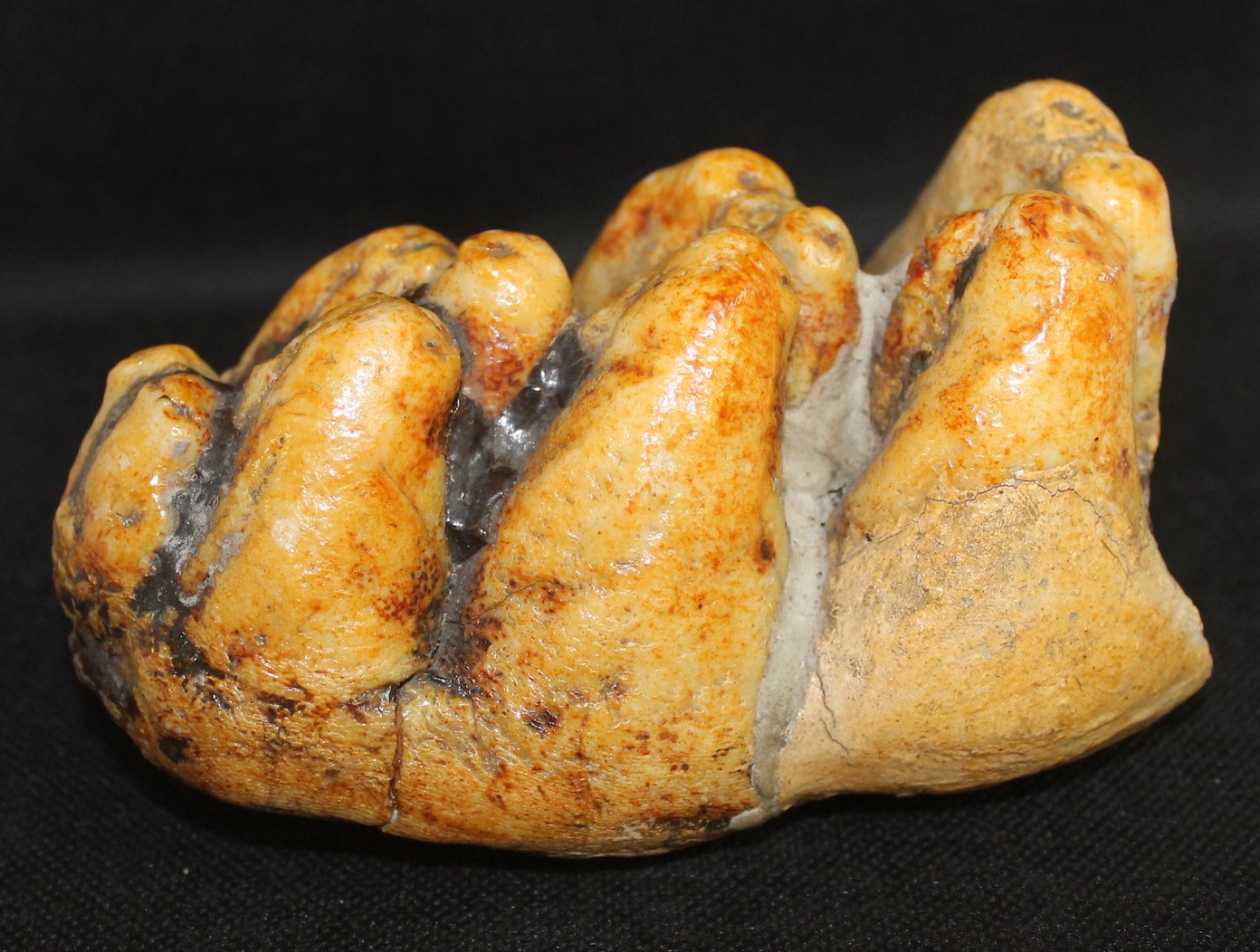
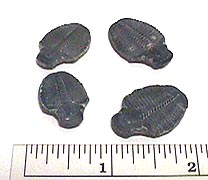
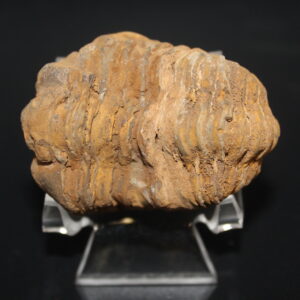
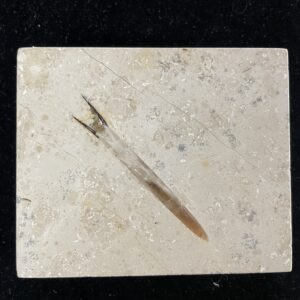



Comments are closed.